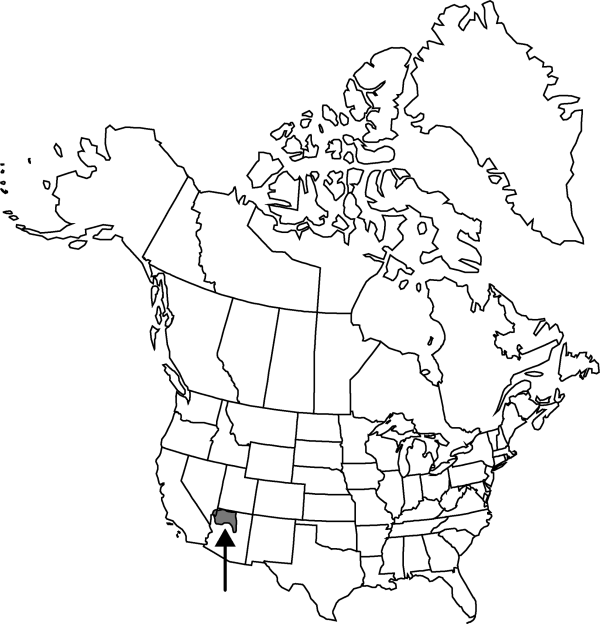familyCactaceae
subfamilyCactaceae subfam. Cactoideae
genusEchinocactus
speciesEchinocactus polycephalus
Difference between revisions of "Echinocactus polycephalus var. xeranthemoides"
Contr. U.S. Natl. Herb. 3: 358. 1896.
Synonyms: Echinocactus polycephalus subsp. xeranthemoides (J. M. Coulter) N. P. Taylor
Treatment appears in FNA Volume 4. Treatment on page 190.
FNA>Volume Importer |
FNA>Volume Importer |
||
| Line 49: | Line 49: | ||
|publication year=1896 | |publication year=1896 | ||
|special status= | |special status= | ||
| − | |source xml=https://jpend@bitbucket.org/aafc-mbb/fna-data-curation.git/src/ | + | |source xml=https://jpend@bitbucket.org/aafc-mbb/fna-data-curation.git/src/8f726806613d60c220dc4493de13607dd3150896/coarse_grained_fna_xml/V4/V4_357.xml |
|subfamily=Cactaceae subfam. Cactoideae | |subfamily=Cactaceae subfam. Cactoideae | ||
|genus=Echinocactus | |genus=Echinocactus | ||
Revision as of 17:27, 18 September 2019
Stems gray-green to yellow-green. Spines red to straw colored, canescent, puberulent, or glabrous. Fruit scales tan, yellow, or reddish, aging yellow, 16–30 mm, usually longer than dried tepals at fruit apex. Seeds rounded (rarely faceted), 2.4–3.1 mm, smooth (exposed surfaces of testa cells flat or slightly convex, uniformly shiny). 2n = 22.
Phenology: Flowering Jun–Aug.
Habitat: Rocky hills, slopes, and ledges of canyons, Great Basin and Mojave desert scrub, igneous and calcareous substrates
Elevation: 500-1700 m
Discussion
Selected References
None.
Lower Taxa
None.
